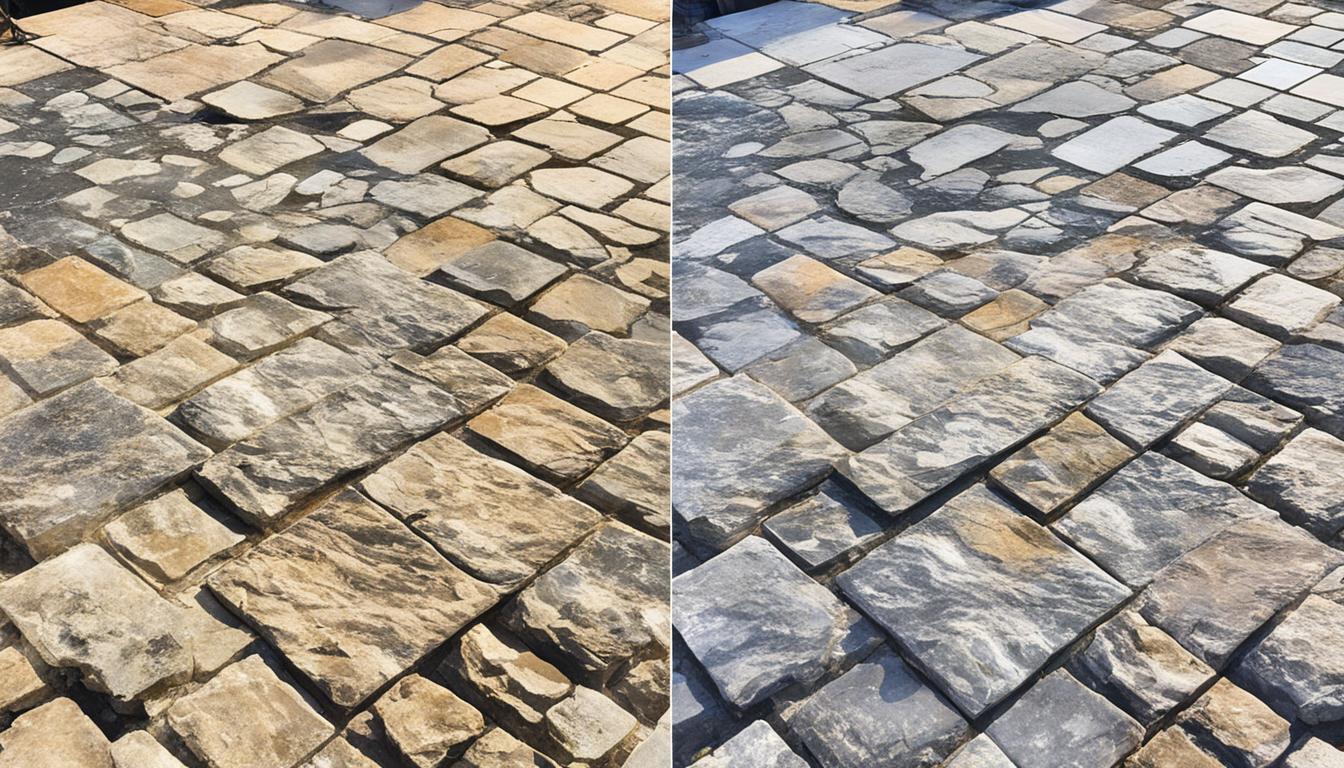Stone surfaces are a classic aspect in design and architecture, often serving as the foundation for both indoor and outdoor areas. Whether it is a majestic heritage edifice, a charming deck, or elegant surfaces, the beauty and resilience of stone add a distinct allure to any setting. However, like https://singh-holland.thoughtlanes.net/stone-restoration-not-just-a-job-its-a-passion , stone can wear down over the passage of time, leading to a need for repair. This manual aims to provide information into the methods and methods that can restore your stone faces back to vitality, ensuring they radiate as brilliantly as they did when first set.
Restoring stone is not just about looks; it also serves a vital role in maintaining the structural integrity and heritage significance of a structure. Many homeowners may be curious where to start when it comes to stone restoration or may be in doubt about the mistakes to avoid during the steps. From comprehending the ideal products for restoring old buildings to noticing the indications that it might be moment to refurbish your stone faces, this guide will serve as your all-inclusive tool. Whether you are thinking about a DIY approach or contemplating hiring professionals, knowing what to look for can make all the distinction in achieving stunning results.
Frequent Errors in Rock Refurbishment
One of the key common mistakes in stone restoration is the application of incorrect cleaning techniques or products. A lot of DIY enthusiasts may choose aggressive chemicals or rough tools, believing they will efficiently restore the stone's natural look. Nonetheless, such methods can result in scrapes, etching, or discoloration of the rock surface. It is crucial to research and select gentle, stone-safe cleaning products to ensure the soundness of the stone is maintained throughout the restoration procedure.
Another common pitfall includes failing to properly assess the type of stone being refurbished. Every rock kind has distinct characteristics that dictate suitable refurbishment techniques. Failing to identify whether the stone is another material can cause inappropriate care that may cause permanent damage. Spending the time to comprehend the specific traits of the stone will guide the choice of suitable restoration methods and products.
Lastly, one significant mistake is disregarding the importance of sealing the stone after refurbishment. Numerous individuals may prioritize the cleaning and polishing steps, overlooking the last step of using a correct coating. A sealant provides an necessary barrier against stains, water, and environmental damage. Omitting this phase can cause rapid decline, undoing all of the work made during the restoration. Always make sure to finish with a premium sealant to protect the beauty and longevity of restored rock surfaces.
Key Techniques for Effective Restoration
In the realm of concerning stone restoration, the primary procedure involves assessment. Evaluate the condition of the stone surfaces to detect issues such as fissures, surface discoloration, or deterioration. This assessment will decide the necessary techniques for restoration and help rank which areas need prompt attention. Take note of the stone type, previous treatments, and any damages to ensure that the selected restoration methods will be suitable for the material.
Next, cleaning is essential for effective restoration. Use soft cleaning agents that are compatible for the specific type of stone. Techniques such as low-pressure washing or using non-abrasive brushes can help eliminate dirt and grime without causing additional damage. Avoid aggressive chemicals or harsh instruments that can erode the stone surface. A thorough cleaning not only shows the true condition of the stone but also sets up it for further restoration processes.
Ultimately, applying suitable restoration techniques is critical. Based on the findings from the assessment and the type of stone, techniques may include patching cracks, resurfacing, or applying sealants. For antique stones, it's crucial to use materials and methods that reflect the original craftsmanship, guaranteeing the restoration preserves the character of the stone. Consistent maintenance practices should also be considered to sustain the newly restored surfaces for the future.

Maintaining Your Refurbished Stone Finishes
After your stone surfaces are restored, maintaining their longevity involves regular upkeep practices. One of the easiest yet highly effective methods to care for your restored stone involves to cleaned it frequently with the appropriate products. Employ pH-balanced cleaners specifically formulated for stone, since harsh chemicals may cause etching and dullness. Routine sweeping or dusting can also assist prevent dirt buildup that can scratch the surface.
Besides cleaning, it is essential to apply sealants to your stone surfaces periodically. Sealants act as a barrier against moisture, stains, and spills, prolonging the life of your restoration. The frequency of application varies based on the type of stone and its usage, but reapplying sealants every 1 to 2 years is a common guideline. Always consult the manufacturer's recommendations or a professional to determine the best timing and products for the specific restoration.
In conclusion, be cognizant of how you utilize and place objects on your stone surfaces. Steer clear of using abrasive materials that could scratch the stone and always use coasters, mats, or trivets to protect against heat and moisture. By embracing these maintenance habits, you can keep the restored stone surfaces looking stunning for years to come, maintaining both their beauty and structural integrity.
